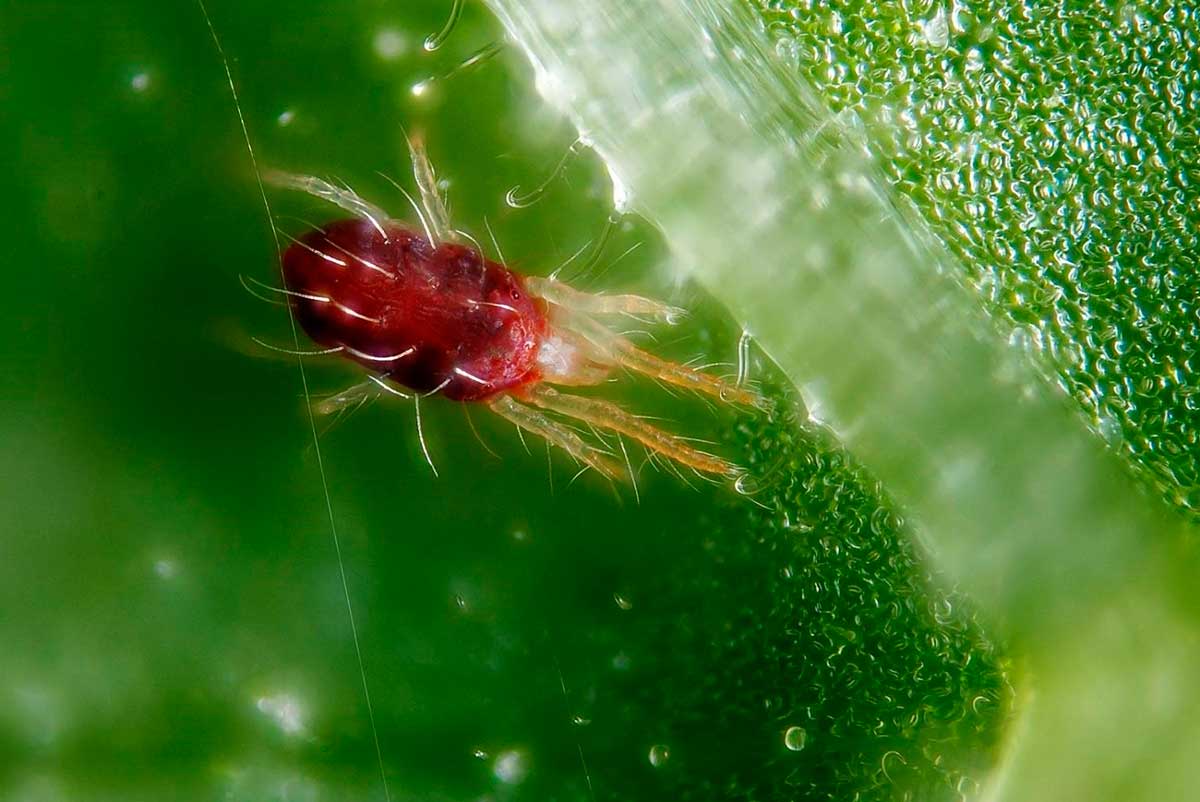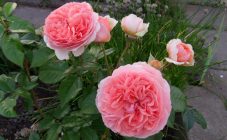Content:
Many gardeners plant roses. These flowers serve not only to decorate the summer cottage; some types of this plant are used to make aromatic oil, tea and jam.
Some plant data
Rose Westerland was created by German breeder Kordes. The hybrid was certified in 1974. It is used to create park compositions. This rose can be grown as a climbing bush or as a tall scrub, depending on the pruning.
The plant came to Russia in the late 90s, and due to its ability to endure cold weather, it gradually gained recognition from local flower growers.
Rose Westerland: description
The rose grows and develops rapidly. Flowering lasts from early summer to late autumn. If the technology of growing this plant is fully observed, then the height of its bush will be in the range from 1.5 to 2.1 m. The hybrid tolerates slight shading well.
The scrub has thick and rather powerful shoots. They develop well and take root. The leaves are colored green and olive. They have a glossy finish.
With incomplete opening of the bud, the Westerland park rose has an orange color. After the flower is fully opened, it changes, and it becomes terry or pink. From 5 to 10 buds develop on the stem, emitting a pleasant aroma. The diameter of each flower reaches 10 cm, the base is cup-shaped.
The plant is frost-resistant. Rose Western Land resists well such diseases as powdery mildew and black spot.
Planting a culture and caring for it
For plant breeding, places well lit by the sun are chosen. These areas must be protected from the wind, since the Westerland climbing rose dies from the gusty air movements.
In order for the hybrid to take root, the following rules must be observed:
- seedlings are located near the southern side of the house, and a distance of 0.5-0.6 m is maintained (both between the bushes and from the wall of the building);
- if the planting was carried out in a place where subsoil waters pass closely, it is recommended to create an artificial mound for the bushes;
- with heavy clay soil, sand is added to it, and if the soil is sandy, clay;
- before planting, humus or humus is introduced into the ground along with a small amount of superphosphate.
- seedlings are pre-soaked in a growth stimulator;
- leaves are removed from the plant, old or dried shoots are cut off;
- for planting a hybrid, they dig holes with dimensions of 0.5 X 0.5 m.
It is recommended to plant the Westerland rose variety in spring or early fall. Bushes can be planted in groups or singly. To help the plant develop properly, you need to place stakes or nets next to it.
Rose care is carried out taking into account the following requirements:
- the first 14 days after planting, frequent watering of the bushes is needed (this operation is recommended early in the morning);
- care must be taken that moisture does not get on the buds and flowers or the jet does not erode the soil at the base of the stem;
- after irrigating the bushes, the soil under them must be loosened;
- weeding of hybrids is carried out every 10 days;
- it is advisable to mulch the ground in a flower bed with a layer of sawdust 8-10 cm high;
- every 2 weeks should be fed with superphosphate;
- with sanitary pruning, all old and weak shoots must be carefully removed, otherwise they can cause fungal infections.
Although the plant is immune to some diseases, it can die when attacked by fungi and bacteria. The gardener must monitor the plantings, and if there are signs of damage, urgent action is needed.
Diseases and pests
The Westerland rose variety can get rusty. To combat it, it is recommended to cut off all unhealthy shoots and destroy the leaves. The bushes are treated with a solution of copper sulfate and soap or a 2% Bordeaux mixture. Mandatory spraying of the lower surfaces of healthy leaves is recommended.
If you find symptoms of gray rot, which appears during rainy weather, it is worth treating the roses with fertilizers containing manganese. Damaged buds must be removed.
Garden pests can also kill flowers. For Westerland, spider mites, green aphids, scale insects, caterpillars and drooling pennies are considered dangerous insects.
When attacked by ticks, it is recommended to remove all leaves damaged by them, spray the bushes with special preparations. The operation is carried out in 3 stages with intervals of 5-7 days.
Green aphids are destroyed by double processing of plantings with Fufaron or Actellik. You can use decoctions with tobacco or soap solutions.
Caterpillars are harvested by hand or the bushes are treated with decoctions of garlic and onions. To eliminate the problem, special biological preparations are also used that kill butterflies and their offspring.
To destroy the scabbard, the bushes are treated with Aktar 3 times with a break a week. If this does not help, then you will have to fight the parasite by hand, collecting it from the leaves with a wet rag.
The drooling penny insect is also eliminated with hands or a stream of water from a hose.
To combat the bear, frequent loosening of the soil under the bushes is used.
Advantages and disadvantages of the variety
Compared to other hybrids, the described type of rose has the following advantages:
- resistance to some diseases that destroy other species;
- sufficient frost resistance;
- good aroma of blossoming flowers;
- the ability to easily endure adverse climatic conditions.
The Westerland rose variety has the following disadvantages:
- in frosty winters, shoots may freeze on the bushes;
- the branches on the hybrid grow too quickly, which increases the negative impact of the wind, which breaks them if there are a large number of flowers on the bush;
- in case of strong snow cover, you need to protect the rose with a special overlap.
The budding gardener will easily grow Westerland by following the advice of an experienced gardener. A rose of this type allows you to decorate your personal plot if you use it as an addition to other group plantings.















